Supreme Court Directs Audit of Yamuna River Pollution Clean-Up Funds: A Watershed Moment for Environmental Accountability
- ByAdmin --
- 15 Apr 2025 --
- 0 Comments
In a powerful move aimed at ensuring transparency in India’s long-running river rejuvenation projects, the Supreme Court of India has directed a comprehensive audit of all public funds allocated and spent on cleaning the Yamuna River. The Court’s directive, issued in April 2025, calls for a performance audit by the Comptroller and Auditor General (CAG) of both central and state schemes, with a sharp focus on Delhi, Haryana, and Uttar Pradesh.
The Court observed that despite thousands of crores spent over decades under various action plans and government missions, the Yamuna remains one of the most polluted rivers in the country, particularly as it flows through Delhi NCR. The judgment is being seen as a watershed moment for fiscal accountability in environmental governance.
The Background: A River on Life Support
The Yamuna, a tributary of the Ganga, is central to the lives of nearly 57 million people across multiple states. Yet, the river has become a symbol of institutional neglect and pollution. Key issues include:
- Discharge of untreated sewage and industrial effluents
- Encroachments and illegal construction along the floodplain
- Dumping of solid waste and religious offerings
- Ineffective operation of sewage treatment plants (STPs)
Numerous clean-up initiatives have been launched since 1993, including:
- Yamuna Action Plan (Phases I, II, III)
- Namami Gange Mission (where Yamuna is a critical tributary)
- State-level projects under JICA (Japan International Cooperation Agency) funding
Yet, measurable improvement has been minimal.
The Petition and Supreme Court's Intervention
A group of environmental NGOs and river conservationists filed a petition citing:
- Poor water quality index (WQI) readings, even after ₹6,000+ crore spent
- STPs running under capacity or not connected to sewage lines
- Zero accountability for misused or underutilized funds
- Glaring gaps between on-paper progress and on-ground realities
The petition sought an independent audit of fund utilization, impact evaluation of projects, and a mechanism for fixing responsibility on non-performing departments.
Court’s Key Directions and Observations
The bench, led by Justice Surya Kant and Justice Bela M. Trivedi, issued the following directions:
1. CAG Performance Audit
- The CAG must conduct a time-bound audit of all Yamuna-related clean-up projects from 2010 to 2024.
- This includes projects funded by central ministries, Delhi Jal Board, state pollution control boards, and international donors.
- The audit must measure outcomes, not just expenditures.
2. Public Accountability and Transparency
- A public dashboard must be created by the Ministry of Jal Shakti, reflecting:
- Project name, funding, agency, status, and deadlines
- Before-and-after images or data of affected stretches
- Pollution levels across zones
3. Appointment of Yamuna River Rejuvenation Ombudsman
- The Court directed the Centre to appoint an independent ombudsman with powers to:
- Monitor implementation
- Hold review meetings with executing agencies
- Invite complaints from civil society and residents
4. Moratorium on New Riverfront Projects
- Until the audit is completed, the Court has stayed new beautification or commercial riverfront projects, calling them cosmetic distractions from core pollution control.
Why This Order Is Crucial
1. Financial Accountability in Environmental Work
The ruling shifts the spotlight to how public money is being spent—a long-missing element in India’s environmental policy narrative.
2. From Projects to Outcomes
By demanding a performance audit, the Court underscores that money spent must equal progress made—not just papers submitted.
3. Public Participation and Visibility
With dashboards and ombudsmen, the Court seeks to bring river governance out of closed-door bureaucracy and into public view.
Expert Reactions
Environmentalists have applauded the judgment as a rare example of systemic course correction. River ecologist Dr. Vikrant Kapoor said:
“This is not just about punishing waste—it’s about asking the right questions: What are we cleaning, how, and who is responsible when nothing improves?”
The CAG, in an official statement, has confirmed that it will deploy a special audit team with technical advisors to complete the assessment within six months.
Government Response
The Delhi Government and the Delhi Jal Board have said they welcome the scrutiny and will cooperate fully. However, officials from the Haryana and UP irrigation departments have expressed concern about the retrospective nature of the audit and the possibility of inter-departmental blame games.
Lessons for Ganga and Other River Missions
The judgment may have a ripple effect:
- Inspiring similar audits of Ganga rejuvenation funds
- Increasing pressure on other states to improve sewage treatment performance
- Raising citizen awareness about how rivers are funded and failed
It could also inform the upcoming National Water Mission strategy, where accountability mechanisms are being proposed as a policy pillar.
Cleaning the Books Before the River
The Supreme Court’s order is a long-overdue reckoning for a clean-up effort that has often felt more symbolic than scientific. The judgment moves beyond environmental platitudes and directly asks: Where did the money go, and why hasn’t the river healed?
Before we can clean the Yamuna, we must first clean the systems that were supposed to restore her.
This is not just a legal decision—it is a statement of values: public funds must serve public good, and rivers deserve more than press releases.

























































































































































































































































































































































































































































































































































































































































































































































































































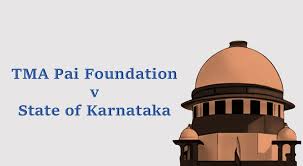

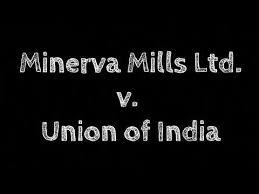
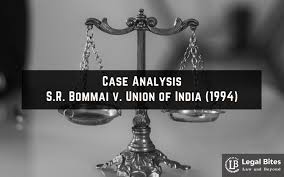








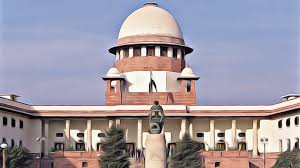

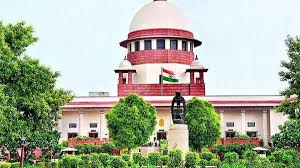









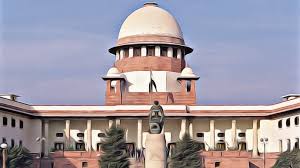




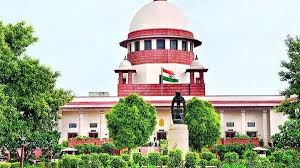




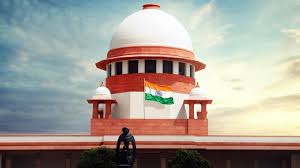



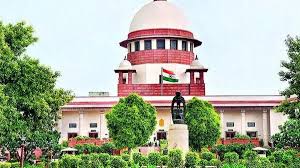
















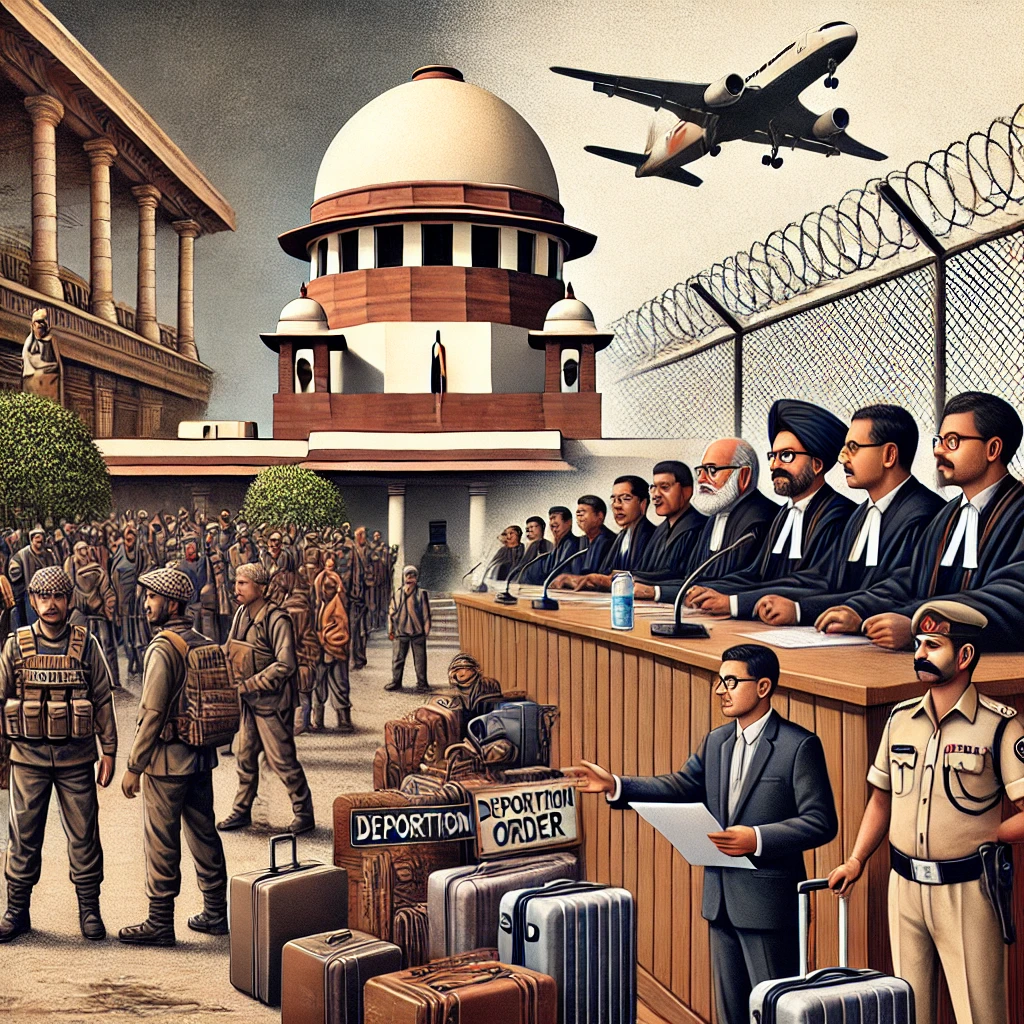

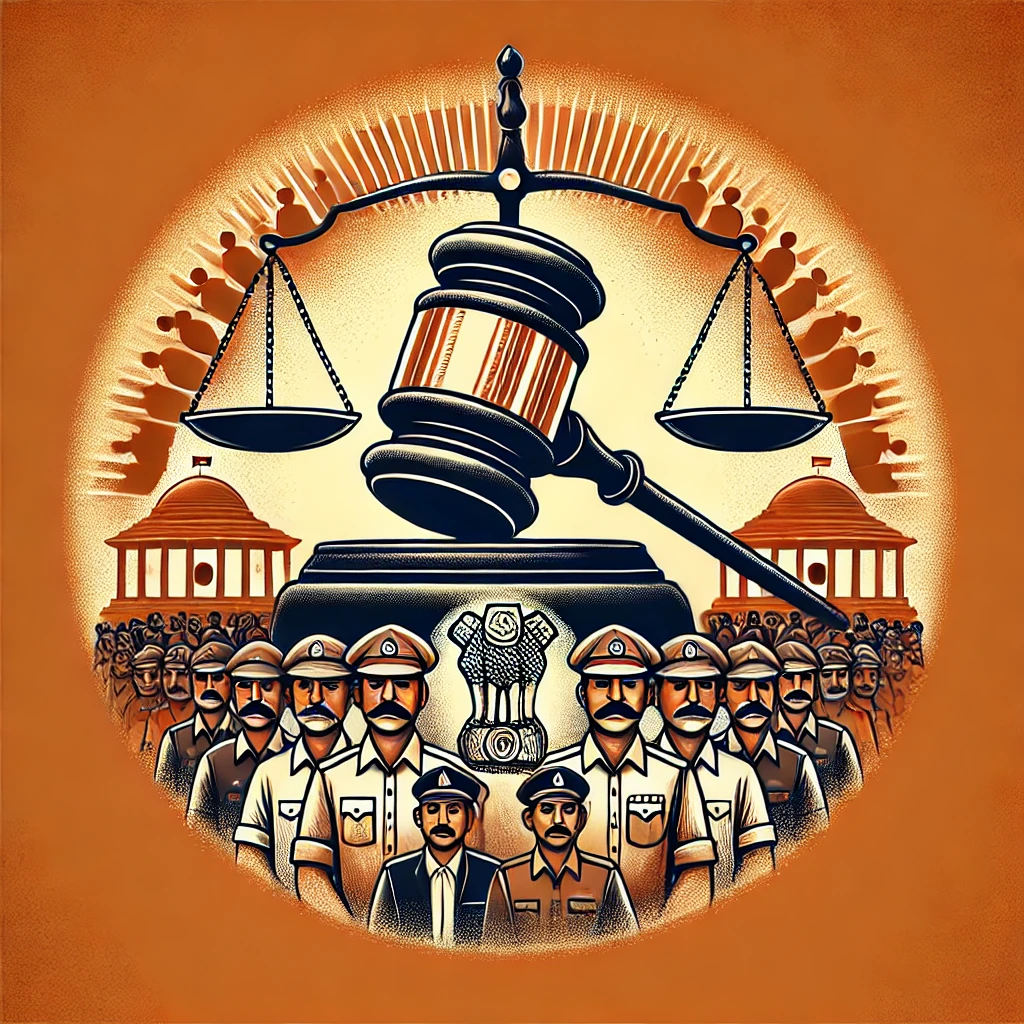


















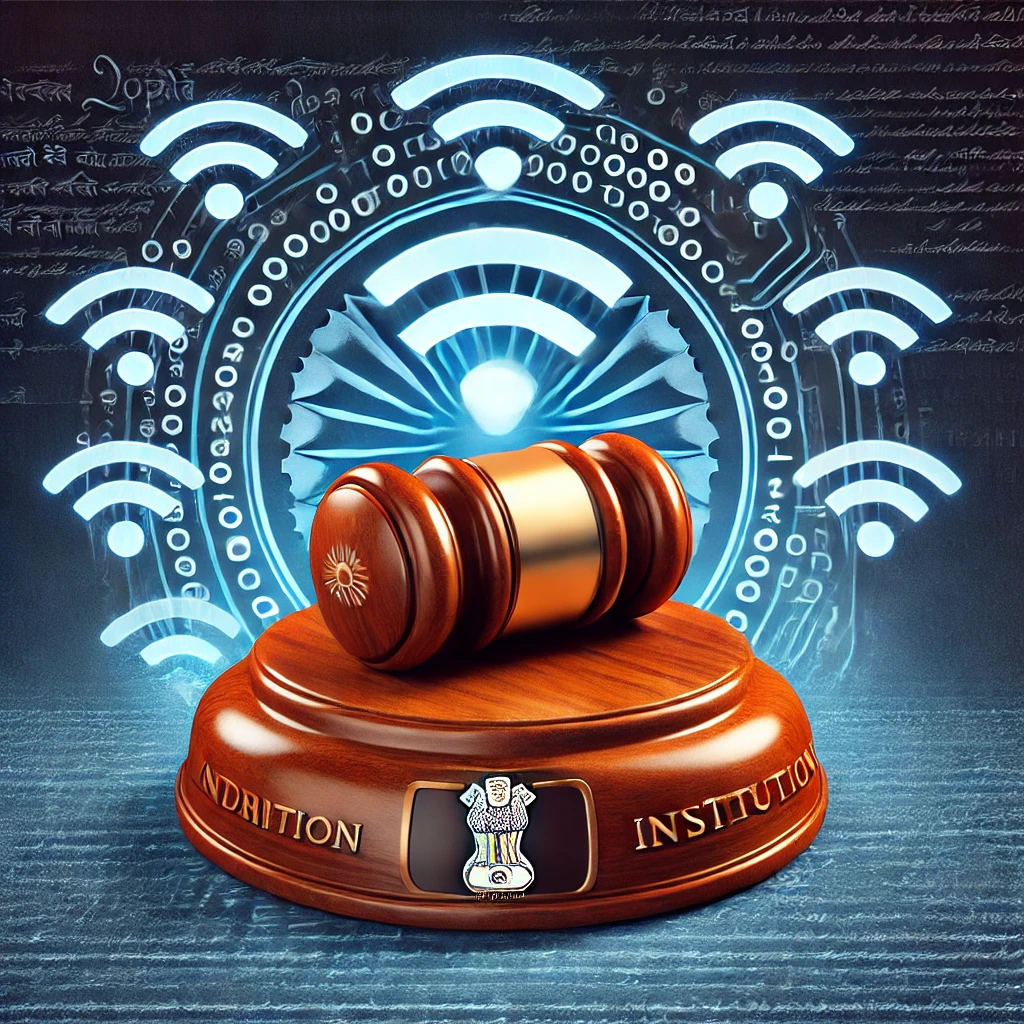


























0 comments